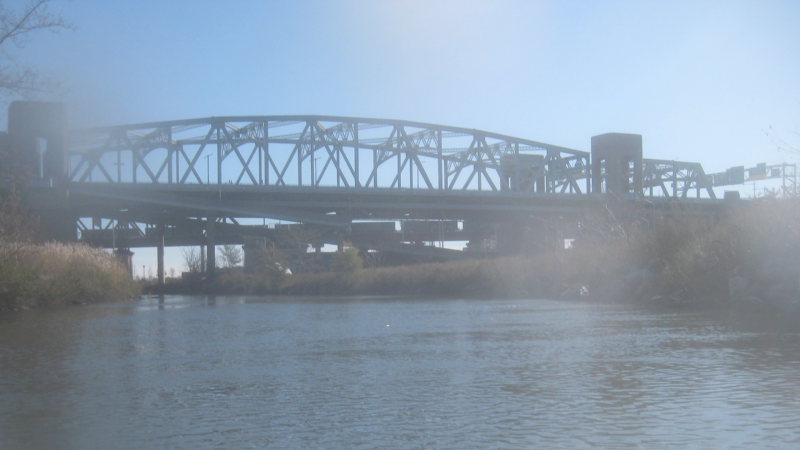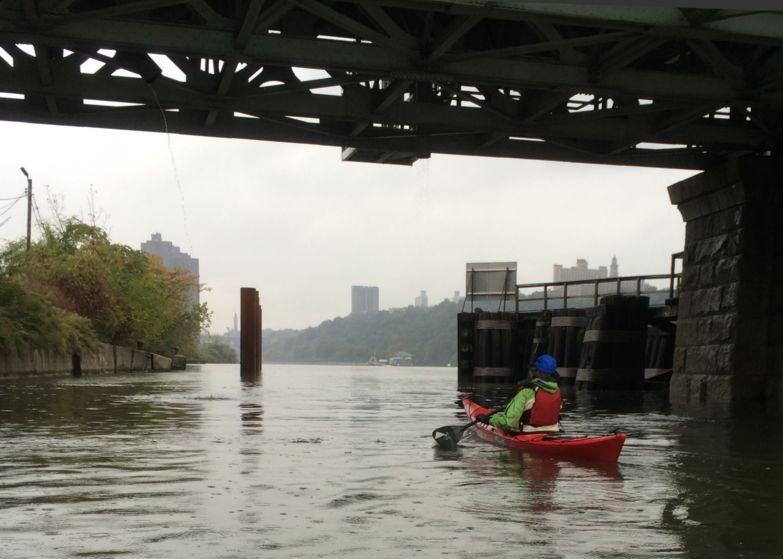So, here we are. Still in the midst of a global pandemic, but thankfully, in the Tubby Hook area of operation, one that has fallen to a manageable level. Let’s all hope that this only changes for the better, here and afar.
June was the first month that I began paddling personally, for fun, on anything like a regular basis, and in July I taught some classes at a local club, trying out some ways to accommodate concerns about COVID-19. I really enjoy teaching and guiding, and surprised myself with how much I enjoyed getting back to it.
Here are some steps, in addition to what’s been previously posted, that I’m taking for programs for the remainder of the year.
Unfortunately, with the changing state and local restrictions, I won’t be posting any courses ahead of time. If you would like to work on specific skills, or take part in a journey, please email jkm@tubbyhook.com
- For now, no programs run from Tubby Hook in Manhattan. The parking area has been closed off, and while some group activities are allowed, it’s better in my opinion to avoid.
- The ACA camp at Lake Sebago is open for member use, but not classes. This means no classes at the lake this year.
- On land, wear a mask. It should go in a drybag for taking it along on the water. No mask required on the water.
- I’m including hand sanitizer in my first aid kit, and asking that all clients bring their own. Think of it as another kind of sunscreen to have with you and apply regularly.
- Bring enough food and water for yourself. We will not be sharing food or water, except in emergency.
- Maintaining 6 feet distance as best as possible on the water.
Just to recap those previous steps:
- Courses may be cancelled on short notice, with a full refund.
- Coursework will minimize contact between participants.
- Cancellations by clients due to Covid or Covid-related reasons will be fully refunded.
Stay home if you’re sick, or have reason to expect you were exposed within the previous two weeks.
The CDC has some guidance specific to watersports, if not kayaking. There is no evidence of Coronavirus spreading through recreational waters.
Our main concern will be assisted rescues. When practicing, we’ll try to keep appropriate distance between rescuer and casualty, and try some other adaptations to be safe against Covid.
August and September are great times to be paddling in the Hudson River Valley. The water is as warm as it gets, and is refreshing in the summer heat. As Fall arrives, the foliage along the waterfront, especially the Palisades, can be quite beautiful.
Be safe, be well, be kind. I hope to hear from some of you, even if it’s just to keep in touch.
Cheers,
Julie McCoy















